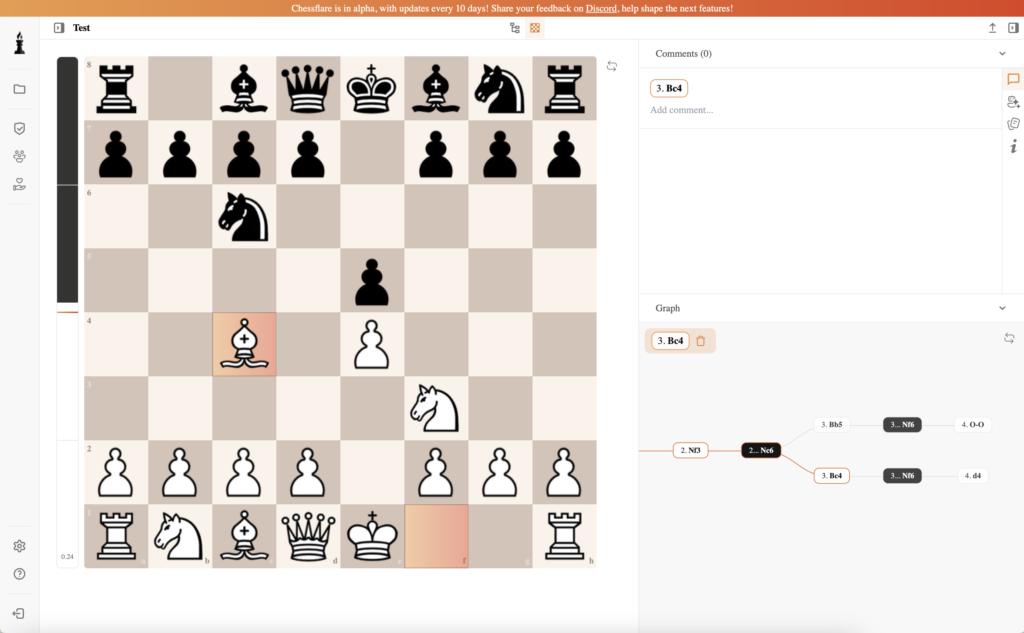A prestigious chess title awarded by FIDE, ranking below Grandmaster (GM), typically given to players with an Elo rating of 2400 or more.
Introduction
The International Master (IM) title is one of the most prestigious chess titles awarded by FIDE (the International Chess Federation). It is the second-highest lifetime title in chess, just below Grandmaster (GM) but above FIDE Master (FM). Becoming an International Master is a significant achievement that recognizes a player’s high level of skill, consistency, and competitive success.
What does it take to become an IM? How do players earn this title? And why is it an important milestone in a chess player’s career? This article explores the requirements, significance, and notable IMs in chess history.
1. What Is the International Master (IM) Title?
The International Master (IM) title is awarded by FIDE to strong chess players who meet certain performance criteria. It is considered a stepping stone to Grandmaster (GM) status and is held by some of the best players in the world.
1.1 The Difference Between IM and Other Titles
- FIDE Master (FM): A lower title requiring a FIDE rating of 2300.
- International Master (IM): A stronger title requiring higher performance and norms.
- Grandmaster (GM): The highest title, requiring three norms and a 2500 rating.
2. How to Become an International Master
To earn the IM title, a player must fulfill two key requirements:
- Achieve three IM norms in FIDE-rated tournaments.
- Reach a FIDE rating of at least 2400 at some point in their career.
2.1 IM Norms Explained
A norm is a high-level tournament performance that meets specific criteria set by FIDE. To earn an IM norm, a player must:
- Play in a FIDE-rated tournament with at least nine rounds.
- Face at least three titled players (IMs or GMs).
- Perform at an International Master level (usually a 2450+ performance rating).
- Play against opponents from at least three different federations.
A player needs three norms from different tournaments to qualify for the title.
2.2 The 2400 Rating Requirement
- In addition to norms, a player must reach a FIDE rating of 2400 at some point in their career.
- Even if a player earns three norms, they must still hit 2400 to receive the title.
3. Why the IM Title Matters
3.1 Recognition of High-Level Play
Becoming an IM proves that a player can compete at an elite level and is often considered a stepping stone to Grandmaster (GM).
3.2 Opens Opportunities for Invitations
IMs receive invitations to stronger tournaments, including norm events for GM and professional competitions.
3.3 Coaching and Career Benefits
Many IMs become chess coaches, commentators, or professional players, benefiting from their title’s credibility.
4. Famous International Masters
Some legendary players held the IM title before becoming Grandmasters or gained recognition as strong IMs.
4.1 Players Who Became Grandmasters
- Magnus Carlsen (IM at 12, later World Champion).
- Hikaru Nakamura (IM at 14, later a top GM and speed chess specialist).
- Fabiano Caruana (IM at 12, later a World Championship challenger).
4.2 Strong IMs Who Never Became GMs
Some players remain IMs despite strong performances, either due to missing norms or choosing different chess careers. Examples include John Watson, a well-known chess author, and IM Danny Rensch, a popular chess commentator.
5. Conclusion
The International Master (IM) title is a prestigious achievement in chess, marking a player as one of the strongest in the world. It requires consistent tournament success, high performance, and a FIDE rating of 2400. While many IMs continue to pursue the Grandmaster title, others establish successful careers as coaches, commentators, or competitive players.
For ambitious chess players, becoming an IM is a major milestone, proving that they have mastered advanced chess strategy and competition at an elite level.

